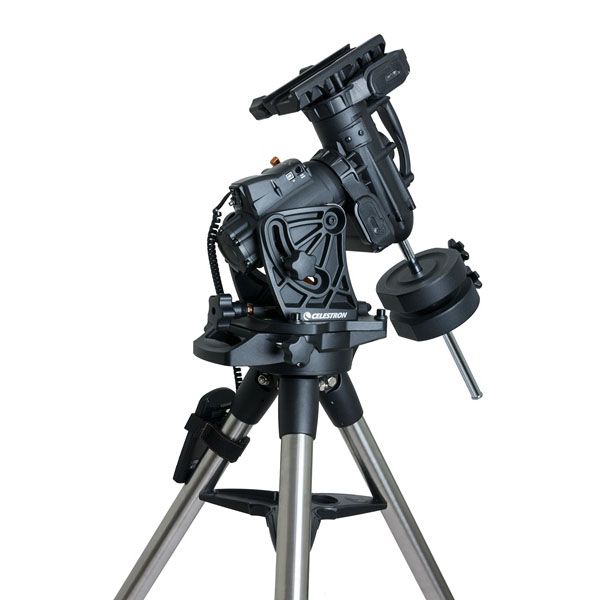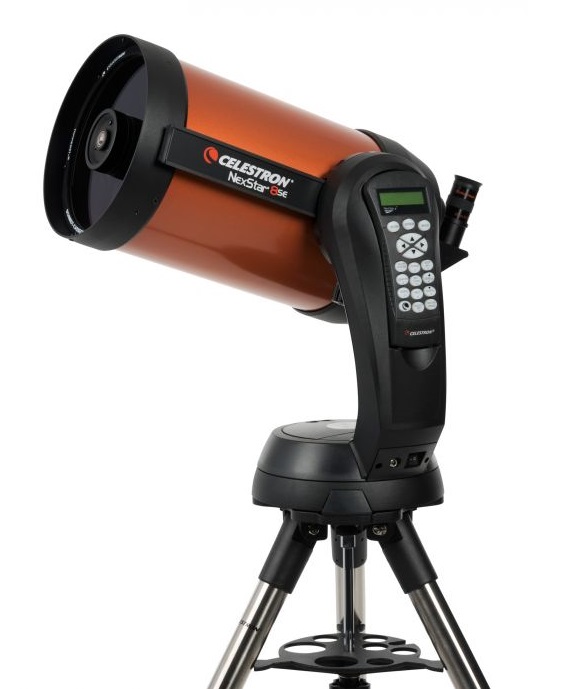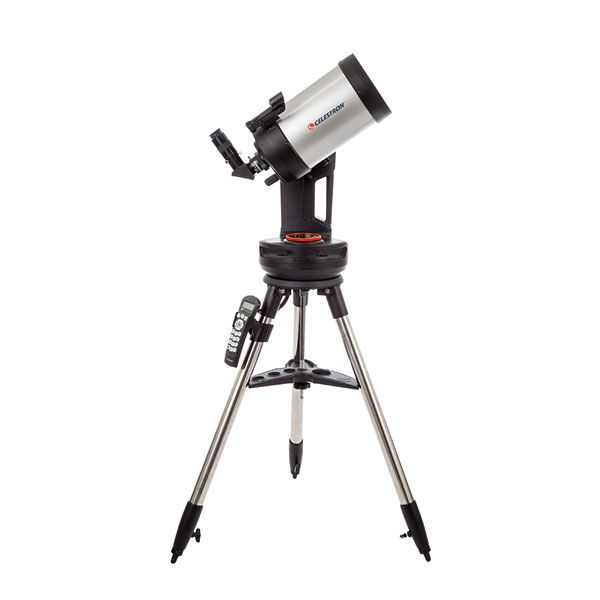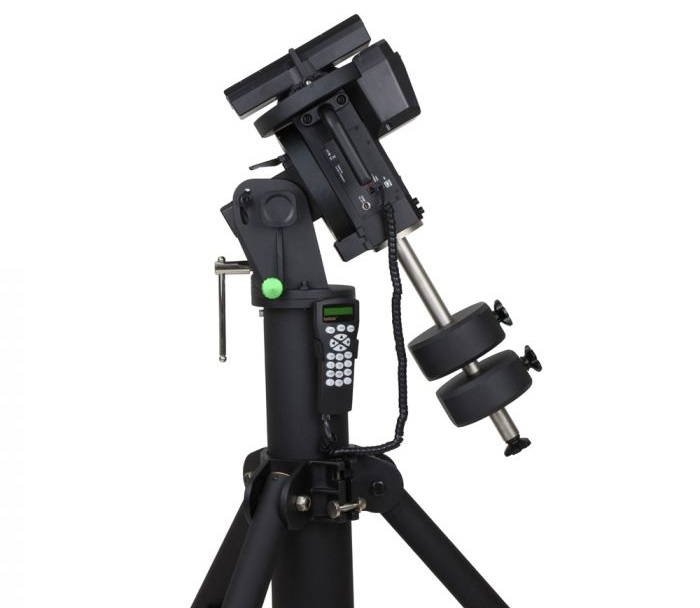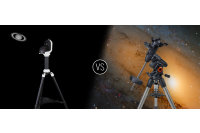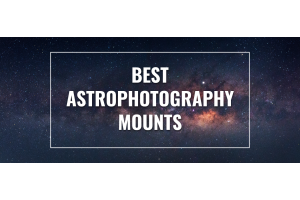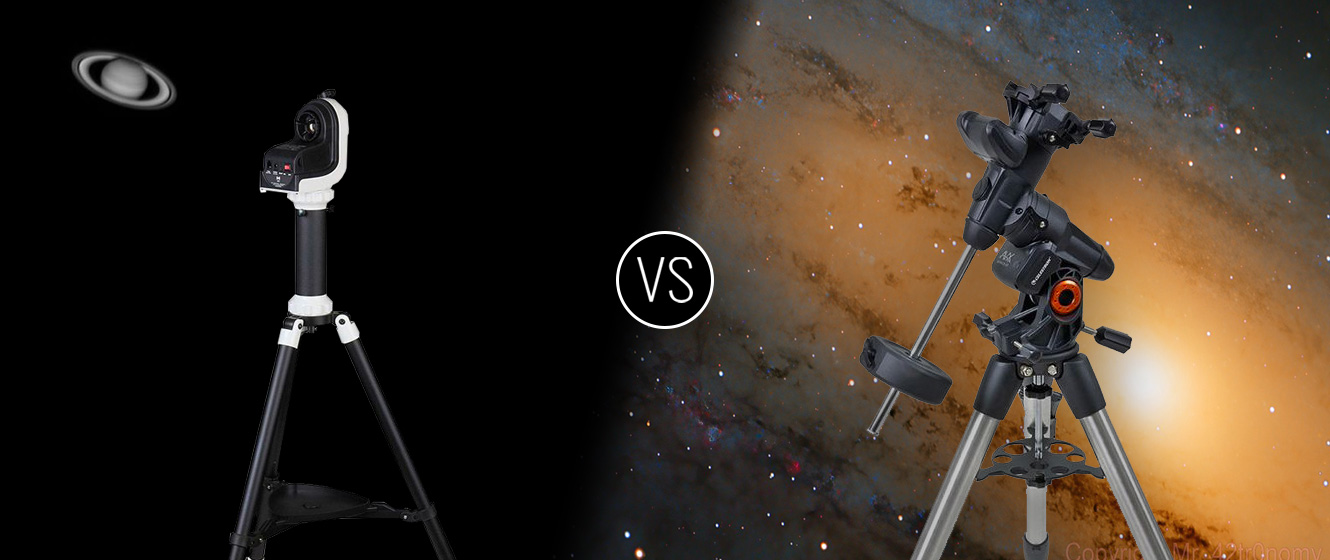
Nearly all amateur astronomers will agree that a sturdy and reliable mount plays a major role in the enjoyment of this hobby. Mounts typically come in two different styles: equatorial and altitude-azimuth. The type of mount you choose is highly dependent on your goals. Both equatorial and alt-az mounts are versatile and possess overlapping commonalities but their designed intentions do differ. This article will explain the differences and similarities between these two types of mounts and hopefully guide you towards the right purchase for you and your amateur astronomy goals.
Computerized equatorial mounts and alt-azimuth mounts both track the motion of the stars and celestial objects, but they do so in different ways. Alt-azimuth mounts track in iterative up/down - left/right movements. Equatorial mounts are essentially alt-azimuth mounts but tilted at an angle based on your GPS latitude. This also corresponds to the altitude at which the north star (Polaris) sits in your sky. This allows the equatorial mount to follow the movement of celestial bodies as they rotate around Polaris throughout the night. These differences are what separate the two styles of mounts.

Alt-azimuth mounts are typically used for planetary imaging and observational purposes. They are the simpler of the two designs and are great for first-time telescope buyers who simply want to explore the universe at their eyepiece. Unlike equatorial mounts, most GoTo alt-az mounts come with an included telescope as a complete system. There are a few models of GoTo alt-az mounts, like the iOptron AZ Mount Pro, that are compatible with several different scopes therefore these are sold individually.
As mentioned before, alt-az mounts are typically used for viewing at the eyepiece and/or planetary imaging. Alt-az mounts are designed in a way that does not allow for long-exposure astrophotography. After 20-30 seconds, one will start to see field rotation. Field rotation is the apparent rotation of an object in an image. This can easily be corrected by using an equatorial mount or an equatorial wedge, which tilts your alt-az mount thus converting it into an equatorial mount. Does this imply that one cannot do astrophotography on an alt-az mount? Absolutely not! There are some very sensitive planetary cameras on the market that make great tools for live viewing deep sky objects through short exposures! There is even software that will stack each photo that you take to produce a much more detailed and colorful image. When using these planetary cameras you will likely be limited to very short 5-15 second exposures. You can make up for this by taking several hundred exposures and stacking them in DeepSkyStacker. A setup like this makes live viewing the planets and lunar surface very possible and rather simple. This is called electronically assisted astronomy. For more information about the involvement of EAA and short exposure stacking, take a look at our very own Dave Barrett’s article here.
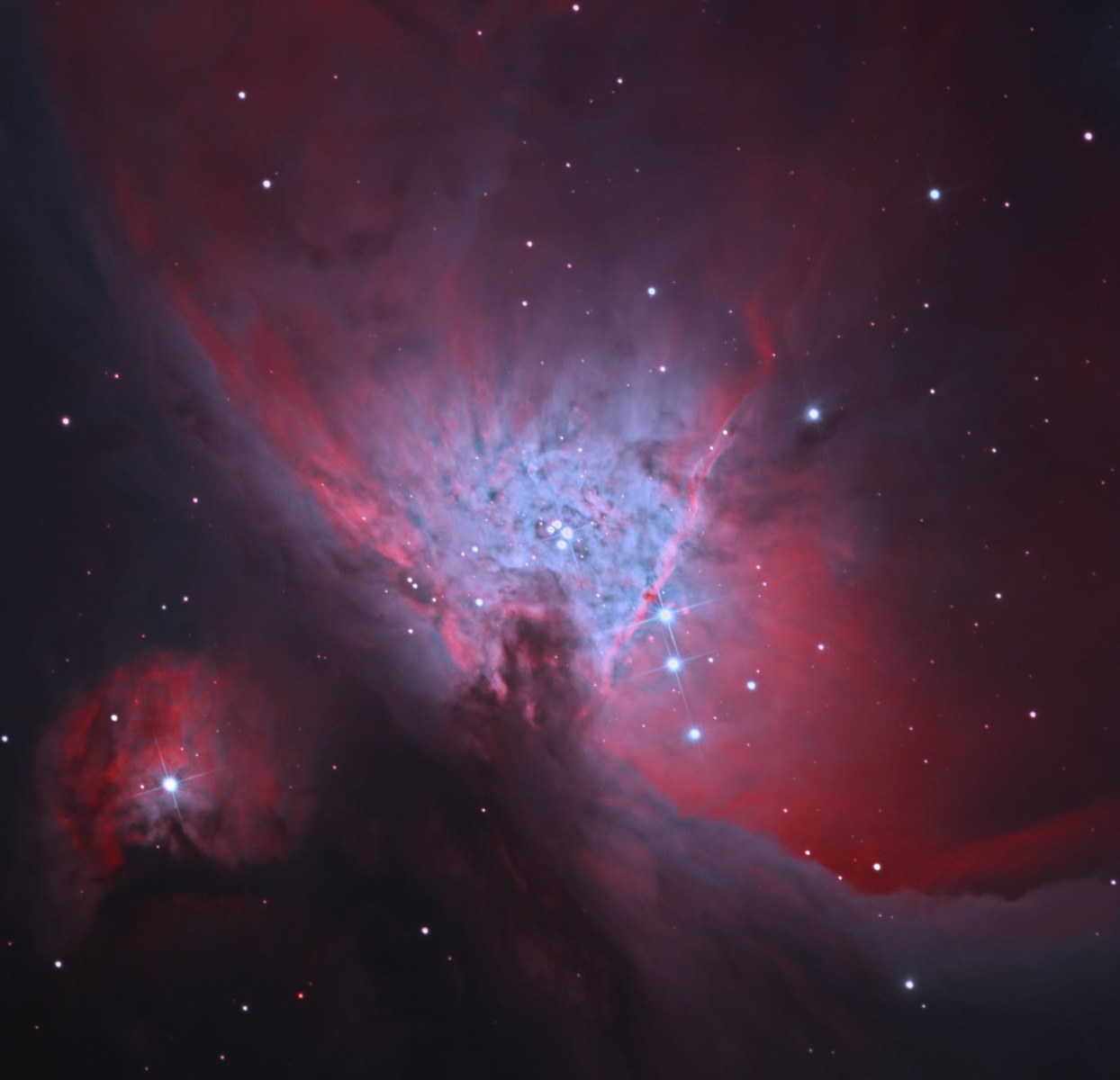
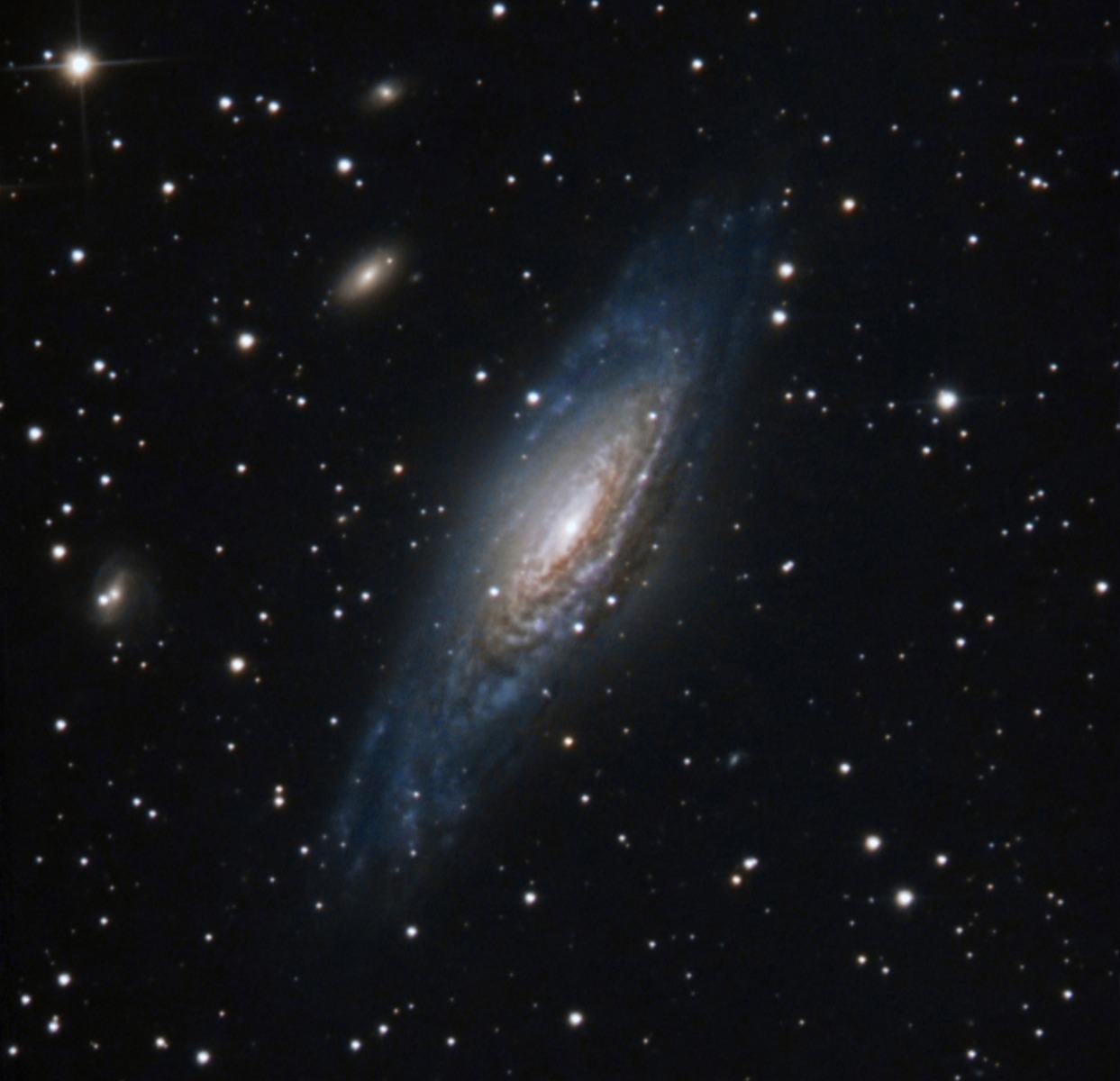
One of the main advantages of an alt-az mount is its ease of use and setup time, since it does not need to be aligned with Polaris. Balancing these mounts is also out of the equation as counterweights are typically not needed, although it’s still important to have your telescope somewhat balanced itself in the saddle. An amateur astronomer with an alt-az mount simply needs to level their tripod and perform a basic star-alignment process before they start their viewing or live image stacking session.
Alt-az mounts are extremely popular. They help to ignite the spark in those who know they are interested in astronomy but aren't sure where to start. They are simple to use and will provide a less frustrating experience for the beginner. They are versatile enough to provide the budding astronomer with years of exploration and enjoyment. If you decide that the move from visual observation to deep space astrophotography is in your future, an equatorial mount is your next alternative.
Equatorial mounts can be used for visual astronomy as well as planetary imaging, but they are designed to track the object in the sky in a way that allows you to take long-exposure photographs. Polar alignment makes these styles of mounts slightly more complicated, but an equatorial mount can do all that an alt-az mount can do plus the addition of long exposure astrophotography. Alt-az mounts are considered superior for visual astronomy because they provide such comfortable viewing positions at the eyepiece. Many experienced visual astronomers recommend alt-az mounts for this reason. All in all, equatorial mounts are designed with the astrophotographer in mind.

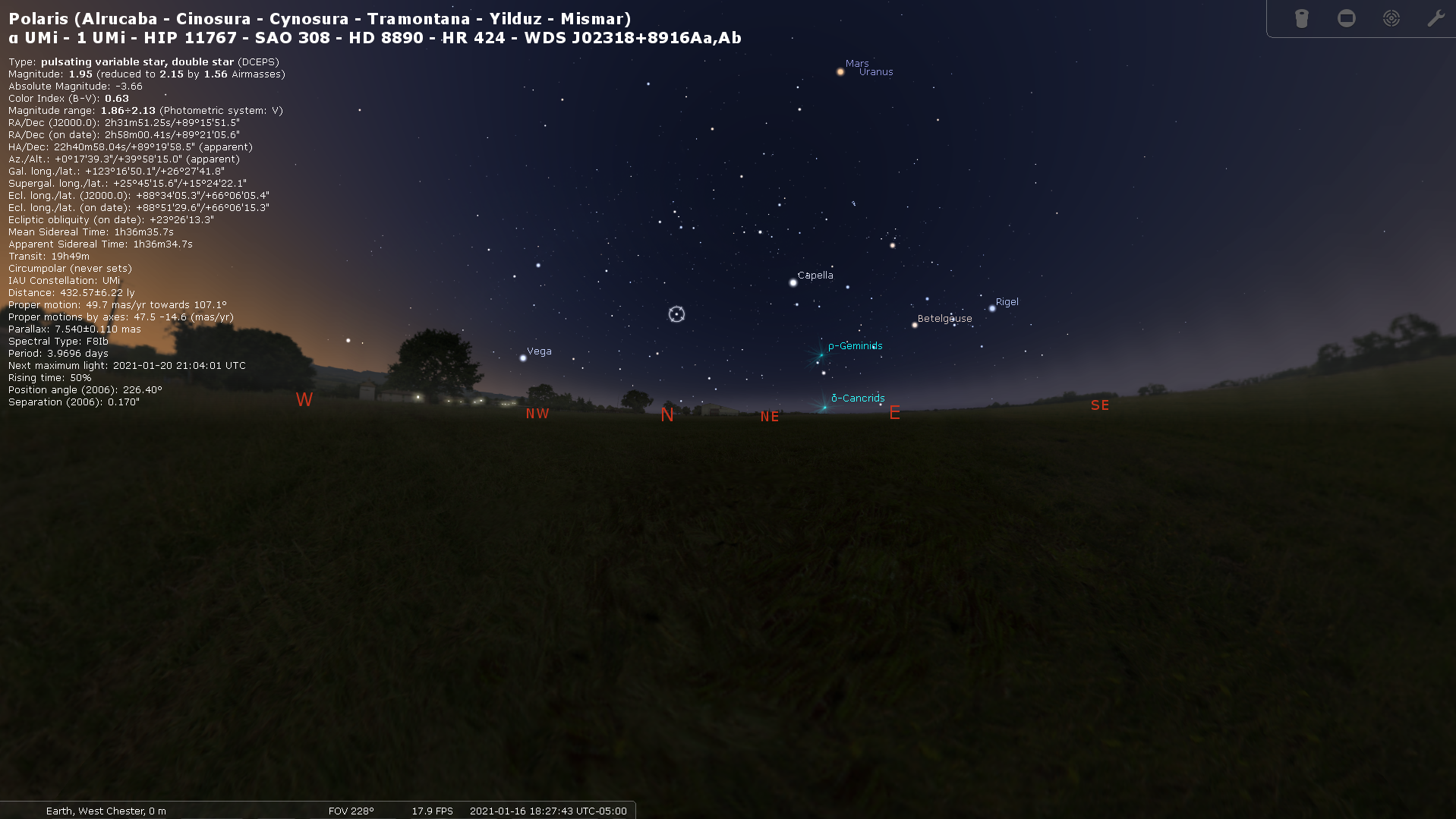
Polar alignment and balance in both the right ascension and declination axis are necessary steps to perform to get the best out of your equatorial mount. Precise polar alignment and balance are a prerequisite for pinpoint stars and sharp detail. Failure to properly polar align or balance your mount will result in star trails, even with shorter exposures. The longer the exposure, the stronger your signal-to-noise ratio will be, thus weighing the importance of proper polar alignment!
Because equatorial mounts are a bit more niche in their usage, they are often sold as stand-alone pieces of gear. You can find the occasional equatorial mount packaged with a telescope for astrophotography but seeing as there are many different types of telescopes and camera lenses you can use for astrophotography, these mounts are best offered alone considering the vast variety of telescope/lens combinations available.
The mount that is going to work best for you is highly dependent on what your astronomy goals are. If visual observation with a bit of astrophotography is what appeals to you, an alt-azimuth mount and an EAA setup may be the best route. Alternatively, if photographing nebulae and galaxies is your end goal, an equatorial mount is going to be your best option. Many will argue that the mount is the single most important piece of your setup, so it is crucial that you focus your thoughts on a mount that is well tested within the astronomy community and reputable in nearly all of its characteristics!

Questions? Contact Us!
Please reach out to our non-commissioned product advisors for any unanswered questions you may have relating to alt-az or equatorial mounts. We are happy to point you in the right direction should you have any trouble choosing the right mount or imaging system for you!
Click the arrow above to see MLA, APA, and Chicago Manual of Style citations.
MLA:
High Point Scientific Team. "Alt-Azimuth vs Equatorial Mounts," AstronomyHub, High Point Scientific, 25 May 2021, https://www.highpointscientific.com/astronomy-hub/post/astronomy-101/alt-azimuth-vs-equatorial-mounts.
APA:
High Point Scientific Team. (2021, May 25). Alt-azimuth vs equatorial mounts. High Point Scientific. https://www.highpointscientific.com/astronomy-hub/post/astronomy-101/alt-azimuth-vs-equatorial-mounts
Chicago Manual of Style:
Bibliography:
High Point Scientific Team. "Alt-Azimuth vs Equatorial Mounts," AstronomyHub (blog), High Point Scientific, May 25, 2021. https://www.highpointscientific.com/astronomy-hub/post/astronomy-101/alt-azimuth-vs-equatorial-mounts.
Footnote:
High Point Scientific Team, "Alt-Azimuth vs Equatorial Mounts," AstronomyHub, High Point Scientific, May 25, 2021. https://www.highpointscientific.com/astronomy-hub/post/astronomy-101/alt-azimuth-vs-equatorial-mounts.





